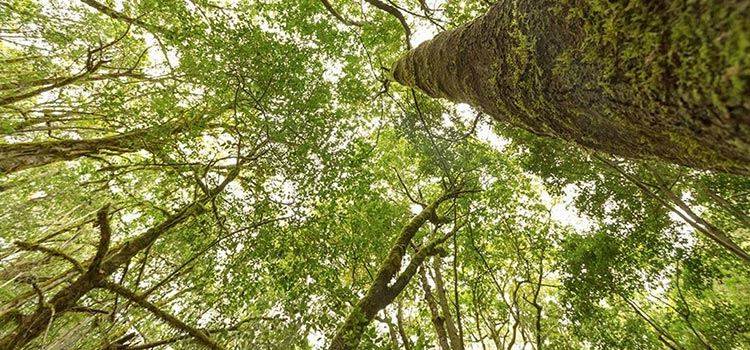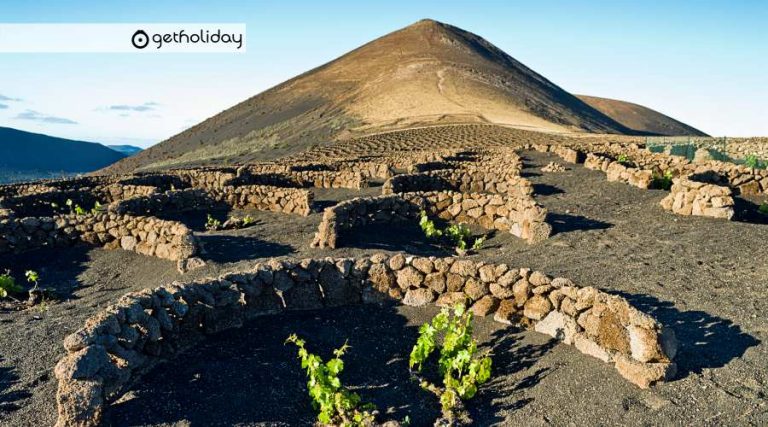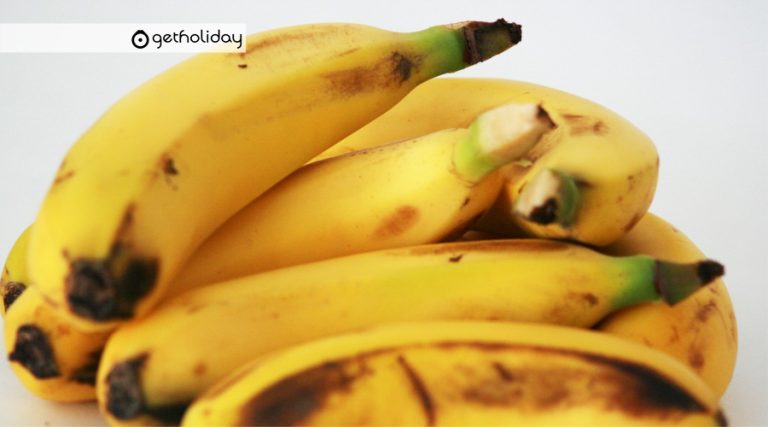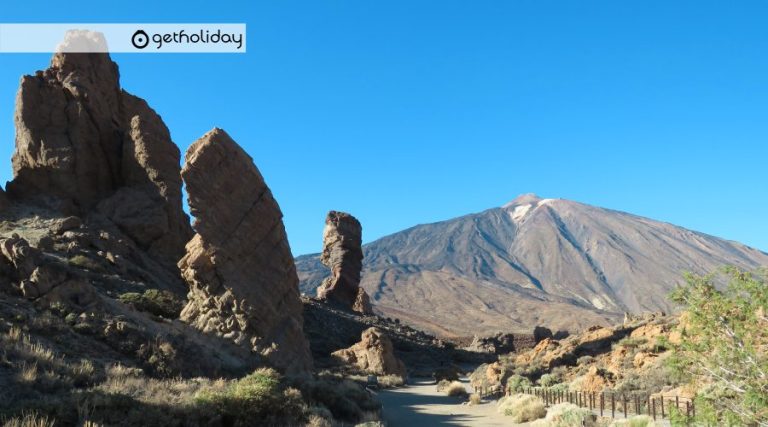Tradition and modernity in the wine farming of La Gomera
I would like to bring you closer to knowing the wine history of La Gomera, where ancient traditions coexist with current techniques that make it possible to achieve high quality in the wines obtained, preserving the essence of ancestral vine varieties unique in the world.
The Canary archipelago occupies a strategic position between the European, African and American continents, with the incidence of trade winds favorable to navigation. The islands have been a strategic place for explorers, expedition members and conquerors in their search for knowledge, wealth and new worlds. Such is the case of the stay of Christopher Columbus, who during his passage through La Gomera arrived at his coast to repair one of his caravels with which he was heading to America.
These conditions facilitated the introduction of the vine in the islands almost from the same moment in which the conquest occurred at the beginning of the XV century, its cultivation that became a very important tradition in La Gomera, also known as the Colombina Island.
The Europeans in their travels, and more the conquerors, carried vineyards on board their ships, in addition to food it is a socializing and celebratory drink, fundamental for the Catholic liturgy. The conquerors were of the Catholic religion, a belief that was established in the archipelago through indigenous acculturation.
On the islands vine varieties are grown from all over Europe, which are perfectly adapted to the sometimes difficult conditions in terms of orography with steep slopes, volcanic soils, many hours of sunshine, marine influence, etc.
These conditions give the varieties a unique character, obtaining different wines with a mineral imprint. In Europe, most of these varieties have disappeared due to the entry of phylloxera (Phylloxera vastatrix), a small insect that devastated vineyards around the world in the 19th century, in the Canary Islands this plague has not affected, therefore, can say that the Canary Islands is the Museum of the vine of Europe. There are very old strains of unique varieties in the world.
La Gomera has a genetically unique variety, which is the Forastera Blanca, better known among the islanders as “Forastera Gomera”, it is a variety of white grape, grown on terraces or terraces with steep slopes, which make up a beautiful landscape in the island and that contribute to curbing erosion.
Proof that this tradition comes from ancient times is that between the seventeenth and eighteenth centuries, communal wine presses were carved into the rock in some localities of the island, such as Alojera, Arguamul and Taguluche in the municipality of Valle Gran Rey, since it was very difficult to a family had its own wine press, they can still be visited today, some in a better state of conservation than others. Later, communal, beam wineries were built, the wealthiest families had their own.
It is a deeply rooted crop on the island. The traditional harvest in which the whole family, neighbors and friends participate is maintained. The difference with yesteryear is that wineries, now professionalized and technified, control harvest dates according to the maturity of the grape, its health, temperature, variety, etc.
The harvest is prepared in advance, it is something expected and although it is a very hard work, it is lived with enthusiasm and joy, it is a family party, food is made, bread is kneaded, there is no lack of gofio, cheese, almogrote, wine and others. to face the day ahead, until the must is closed in the tanks.
Clearing the day, it begins to cut and is carefully placed in suitable containers for transport to the winery, avoiding crushing and consequent breakage of the skin and that its juice begins to ferment. In the past, baskets, already heavy, made of cane and wicker were used for transport.
It is a party, boys and girls run around the terraces or terraces, run errands and ultimately learn the trade. The work, as in the past, is still manual, the bunches are cut by hand and the boxes are removed on their backs, the insular orography prevents mechanization. Viticulture, that of La Gomera, classified as “heroic” by CERVIM (Center for Research, Studies, Safeguarding, Coordination and Valorization of Mountain Viticulture).
The day is not over, the bunches are selected to sell to the winery, and with the rest they make their own traditional wine, not inconsiderable. Many families have their own winery press and wooden basket, and they produce wine for their own consumption.
So, once the harvest is delivered to the professional winery, it is returned to the farm to finish cutting and the “House Wine” will be obtained. The grapes are entered into the press, pressed and stepped on, an activity in which the smallest of the house participate. The resulting must is introduced into stainless steel tanks or now mostly oak barrels, formerly made of chestnut wood, and is left to ferment until the wine is obtained months later. In the month of November, for the feast of San Andrés, the wineries are opened and the wine is tasted. Until relatively recently, women were not allowed to enter the wineries, since there was a belief that the wine was “chopped” or vinegary, and all this superstition responded to preserving a private space of confidentiality between men.
Currently, the sector has become professionalized, obtaining excellent quality wines, bottled under the DOP Vines de La Gomera, with a total of 22 registered wineries and with 16 of these that bottle and market their wines under different brands, with the foreigner Gomera as the protagonist, expressed in dry and semi-dry wines, and also in wood. In addition, red and rosé wines of excellent quality are also produced and bottled, and mainly with native varieties of the islands. The cultivated area amounts to 125 hectares, although they reached 800 hectares.
La Gomera has an extensive and varied network of trails. It is possible to take an excursion through the Garajonay National Park and then visit vineyards in the area that precedes the Park, and also wineries in the different municipalities, and thus be able to learn more about the wines and contribute with their consumption to the circular economy. maintenance of the landscape and slowing down of erosion. Many of the wines can be purchased at the Regulatory Council of the PDO Vinos de La Gomera, supermarkets and restaurants.
A beam press can be seen exposed in the gardens of the Game of Ball Visitor Center, located in Las Rosas, municipality of Agulo, another in La Laguna Grande, and there are some more privately owned in hotels and private houses.
Monserrat Pérez Ramos
Agricultural Technical Engineer and
Canary Islands Tourism Guide Nº 4076







